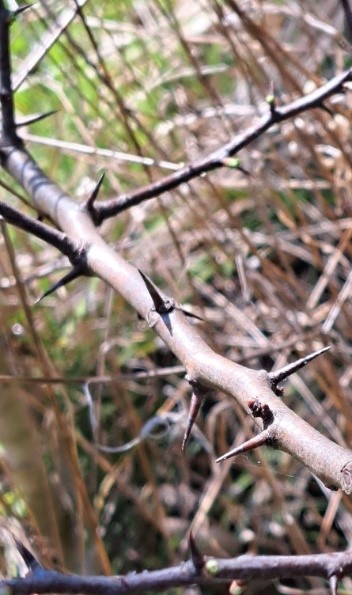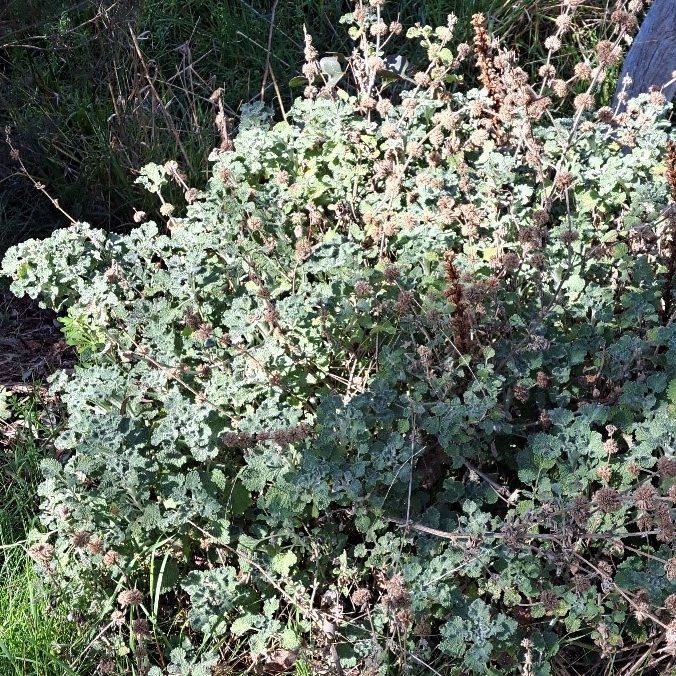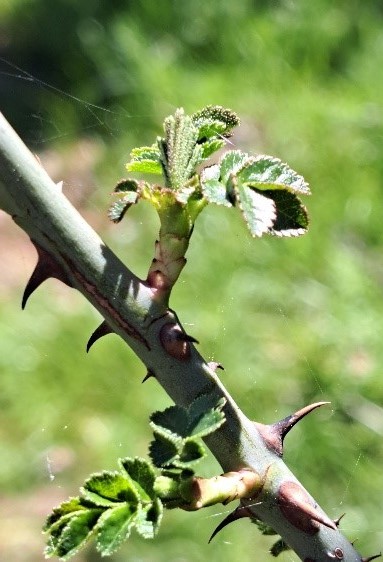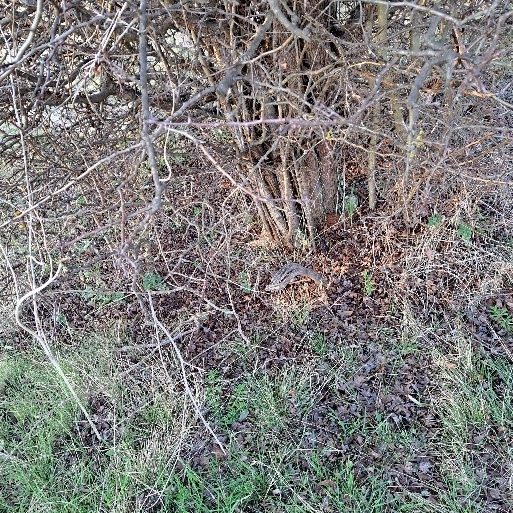
The main target of the working bee: Hawthorn, Crataegus monogyna
Join the Friends of Mount Majura (FoMM) working bee for a second take to tackle woody weeds at the north west slope of Mt Majura. This is a follow-up to the August working bee in the area south of Oldfields Lane.
When: Sunday, 15 October 2023 from 9.00 am to 12 noon.
Where: Meet at the nature park entrance Antill Street, North Watson; click here to view a map with the meeting and volunteer registration point and yellow outlining the target area.
Bring and wear: Sun protection, eye protection, sturdy boots, body covering garden clothing and garden gloves if you have them; we’ll provide tools, herbicide and nitrile gloves to tackle the weeds.
Enquires: secretary@majura.org

Hawthorn has sharp thorns so protective gloves must be worn and eye protection.
Please be punctual. We will leave the meeting point at the gate shortly after 9am to walk along Oldfields Lane to the target area and provide an introduction of the safe handling of equipment and herbicide. We will be working in pairs or small groups to tackle the hawthorns; if you do not like to use herbicide you may choose to be the cutter.

Alternative target for manual removal: Horehound Marrubium vulgare
Alternatively, you can tackle horehound, cutting off and bagging seed heads and digging out the woody root stock.
This will be a Search and Destroy activity in the Yellow Box Blakely’s Red Gum Grassy Woodland of Mount Majura’s west slope.

A thorny wild rose or Sweet Briar coming into leaf in September.
What kind of woody weeds to expect: Hawthorns are deciduous shrubs or small trees sometimes with multi-stems. They are just coming into leaf in mid-September and by mid-October will be flowering. They have spread into the reserve from plantings which were in Valour Park and from suburban streets and gardens. As well as hawthorns you may find briars, which are also thorny. And there could be other woody weeds such as firethorns or privets. If in doubt, please consult with experienced FoMM members.
Control of woody weeds using cut & dab and frill & fill.
Cut stems close to ground level and immediately treat cut surface with glyphosate applied at high concentration e.g. 1 part glyphosate : 2 parts water; apply herbicide mix with a spray bottle or dabber.

A multi-stem hawthorn bush.
The plant’s natural protective mechanism acts very quickly to seal off the cut surface which would stop the penetration of herbicide into the sap stream. It is therefore important to treat the cut surface immediately, i.e. within 30 seconds after cutting; the longer the treatment is delayed, the poorer the result will be. If necessary, cut and treat each stem of a multi-stemmed woody weed separately to avoid delayed herbicide treatment.
If a tree is too big to cut quickly with a hand saw or tree lopper, a better method is ‘frilling’ the tree. The principle of frilling is to cut into the sapwood with the sap transporting cambium located under the bark and apply the herbicide to the cuts. Frilling can be done with a saw – run cuts around the tree and apply herbicide to each cut – or with a sharp axe – cut pouches around the tree at an angle of about 45degrees and fill with herbicide; the pouches can touch each other but should not be more than 2 cm apart.
Photos on this page from Canberra Nature Map by Barbara Read.


